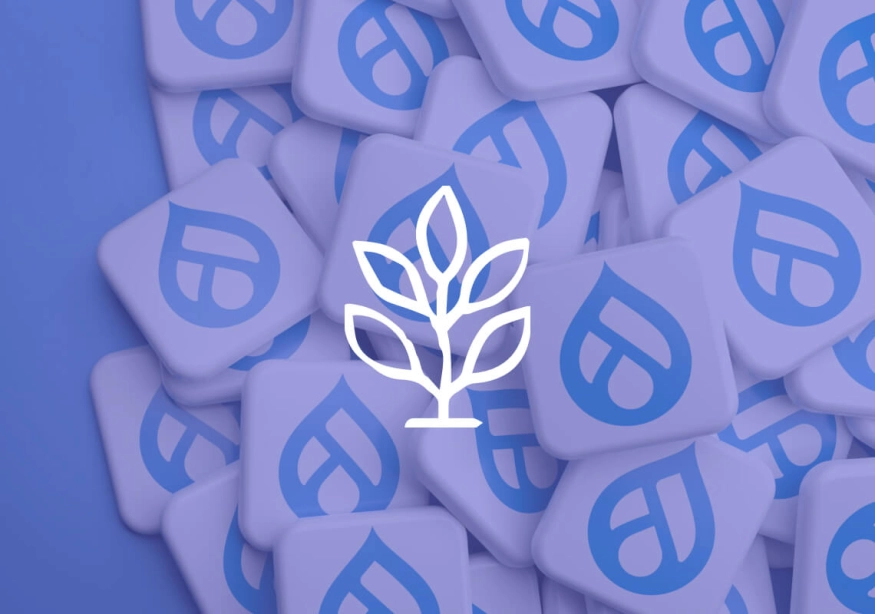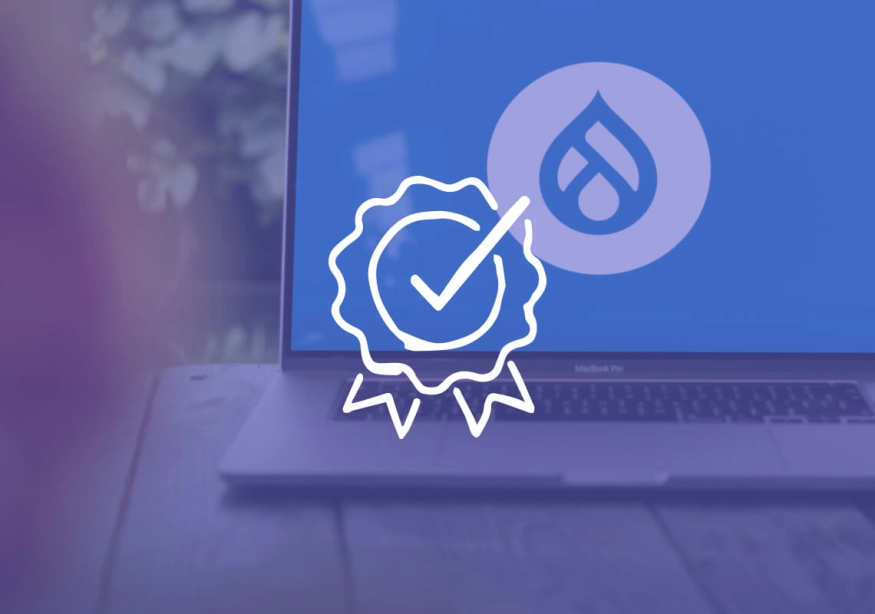Upgrade to Drupal 10: A Seamless Transition for Enhanced Website Performance
Are you still running your website on Drupal 8? It's time to consider upgrading to Drupal 10, the latest version of this powerful content management system (CMS). In this article, we'll explore the need for upgrading, the key features of Drupal 10, and provide a step-by-step guide to help you seamlessly transition to the new version. We'll also discuss post-upgrade considerations and the impact of Drupal 10 on your website's performance.
Understanding the Need for Upgrading to Drupal 10
Drupal, with its robust features and flexibility, has been a popular choice for website development. However, as technology advances rapidly, it becomes essential to stay updated. Upgrading to Drupal 10 brings numerous benefits, including improved website performance, enhanced security, and better support for future technologies.
The Evolution of Drupal: From Drupal 8 to 10
Before diving into the specifics of Drupal 10, it's important to understand the evolution of this CMS. Drupal has undergone significant changes since the release of Drupal 8. While Drupal 8 introduced a modern architecture and a plethora of new features, Drupal 9 focused on removing deprecated code and ensuring compatibility with the latest PHP versions. With Drupal 10, the aim is to build upon these foundations and provide even better performance and functionality.
One of the key aspects of Drupal's evolution is its commitment to staying ahead of the curve. As technology continues to advance at a rapid pace, Drupal has consistently adapted to meet the changing needs of website development. This commitment is evident in the transition from Drupal 8 to Drupal 10.
With Drupal 8, the CMS introduced a revolutionary approach to website development, embracing a modular architecture that allowed for greater flexibility and scalability. This shift empowered developers to create highly customized websites with ease. Additionally, Drupal 8 brought with it a host of new features, such as improved content authoring capabilities and enhanced multilingual support.
Building upon the success of Drupal 8, Drupal 9 focused on streamlining the CMS by removing deprecated code and ensuring compatibility with the latest PHP versions. This transition not only improved the overall performance of Drupal but also laid the groundwork for a smoother upgrade to Drupal 10.
The Key Features of Drupal 10
Drupal 10 comes packed with exciting features that make it a compelling choice for your website. Improved user experience, enhanced performance, and streamlined workflows are just a few of the advantages you can expect.
One of the standout features of Drupal 10 is its improved user experience. The CMS has undergone extensive usability testing and user research to ensure that it meets the needs of both content editors and site visitors. With a more intuitive interface and enhanced content authoring tools, Drupal 10 makes it easier than ever to create and manage engaging websites.
In addition to a better user experience, Drupal 10 also offers enhanced performance. The CMS has been optimized to deliver faster page load times, improved caching mechanisms, and efficient handling of large amounts of data. These performance enhancements not only benefit site visitors by providing a seamless browsing experience but also contribute to better search engine rankings.
Furthermore, Drupal 10 introduces streamlined workflows that simplify the content creation and publishing process. With improved content moderation capabilities and a more intuitive editorial interface, content editors can now collaborate more effectively and efficiently. This streamlining of workflows not only saves time but also ensures that content is published in a timely manner, keeping your website fresh and up to date.
Preparing for the Drupal 10 Upgrade
Evaluating Your Current Drupal Setup
Before embarking on the upgrade process, it's crucial to evaluate your current Drupal setup. Take stock of your modules, themes, and customizations and ensure they are compatible with Drupal 10. This will help you identify any potential challenges or dependencies that need to be addressed before upgrading.
When evaluating your current Drupal setup, it's important to consider the impact of the upgrade on your website's performance. Are there any modules or themes that are causing bottlenecks or slowing down your site? This is the perfect opportunity to optimize your website and improve its overall speed and efficiency.
Additionally, take a closer look at your customizations and assess their compatibility with Drupal 10. Are there any deprecated functions or APIs that need to be updated? By addressing these issues beforehand, you can ensure a smoother transition to the new version and avoid any unexpected errors or functionality gaps.
Identifying Potential Challenges in the Upgrade Process
Upgrading to a new version of any CMS can present challenges. It's important to identify potential roadblocks early on. This includes ensuring your hosting environment meets the requirements, taking note of any deprecated modules or themes, and understanding the impact on your website's custom functionality. By proactively addressing these challenges, you can minimize any disruption during the upgrade process.
One potential challenge to consider is the availability of updated versions of your essential modules and themes. Are they compatible with Drupal 10? If not, you may need to explore alternative options or work with the module/theme developers to ensure compatibility. This will ensure that your website continues to function seamlessly after the upgrade.
Another challenge to keep in mind is the potential impact on your website's design and user experience. Will the upgrade require any changes to your website's layout or styling? It's important to assess the impact of the upgrade on your website's visual appeal and user interface to maintain a consistent and engaging experience for your visitors.
The Step-by-Step Guide to Upgrading to Drupal 10
Backing Up Your Current Drupal Site
Prior to initiating the upgrade process, it's crucial to create a comprehensive backup of your current Drupal site. This ensures that you have a restore point in case anything goes wrong during the upgrade. Take a complete backup of your files and database, ensuring that you save them in a secure location.
Remember, your Drupal site is the culmination of countless hours of hard work, so it's always better to be safe than sorry. By backing up your site, you're giving yourself peace of mind and a safety net to fall back on.
Initiating the Upgrade Process
Once you have a backup in place, it's time to initiate the upgrade process. Start by following the official Drupal documentation for upgrading from Drupal 8 to Drupal 9. This will involve updating your modules, themes, and custom code to be compatible with Drupal 9. Once you have a stable Drupal 9 environment, the transition to Drupal 10 should be relatively smooth.
Keep in mind that the upgrade process may take some time, depending on the complexity of your site and the number of modules you have installed. It's important to be patient and thorough during this phase to ensure a successful upgrade.
Configuring Drupal 10 Settings
After successfully upgrading to Drupal 10, it's important to go through the configuration settings and ensure everything is set up correctly. This includes reviewing your site's general settings, configuring modules, and checking permissions to ensure everything functions as expected.
Take this opportunity to explore the new features and improvements that Drupal 10 has to offer. With each major release, Drupal brings exciting enhancements that can elevate your site's performance and user experience. Don't hesitate to experiment and make the most out of the latest version!
Post-Upgrade Considerations
Testing Your Website After the Upgrade
After upgrading to Drupal 10, it's essential to thoroughly test your website to ensure everything functions as intended. This includes testing all critical functionality, such as forms, user registration, and e-commerce features. Additionally, perform cross-browser testing and check for any compatibility issues.
Maintaining Your Drupal 10 Site
Once your website is up and running on Drupal 10, it's important to establish a maintenance routine. Regularly update your modules, themes, and core software to ensure your website remains secure and up-to-date. Additionally, monitor your website's performance and address any issues promptly.
The Impact of Drupal 10 on Website Performance
Speed and Efficiency Improvements in Drupal 10
Drupal 10 brings significant improvements in speed and efficiency, thanks to refinements in the underlying codebase. The latest version leverages the latest PHP enhancements and optimized database queries, resulting in faster page load times and smoother user interactions.
Enhanced Security Features
Security is critical for any website, and Drupal 10 takes this aspect seriously. With each new release, the Drupal security team ensures that vulnerabilities are addressed and best practices are implemented. Upgrading to Drupal 10 ensures that your website benefits from the latest security enhancements, safeguarding your data and protecting your users.
The Role of Drupal 10 in SEO Performance
Drupal has always been SEO-friendly, and Drupal 10 takes it even further. With built-in features like clean URLs, customizable metadata, and XML sitemap generation, Drupal 10 provides a solid foundation for optimizing your website for search engines. By upgrading to Drupal 10, you can enhance your website's SEO performance and increase your visibility to potential visitors.
Upgrading to Drupal 10 offers a seamless transition for enhanced website performance. By understanding the need for upgrading, preparing your site, following a step-by-step guide, and considering the post-upgrade considerations, you can take advantage of the latest features and improvements. With Drupal 10's impact on website performance, including speed and efficiency enhancements, enhanced security features, and its role in SEO performance, you'll be well-positioned to provide an exceptional user experience for your website visitors.



